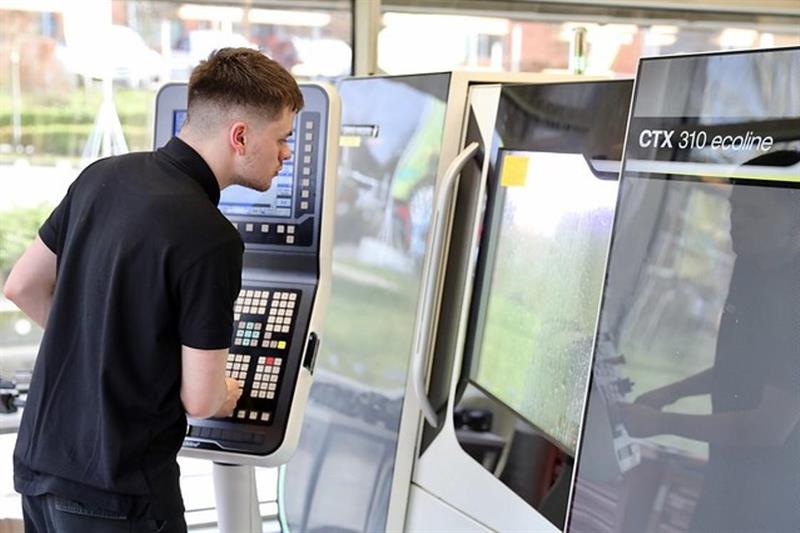The findings in the report shows that, in the 12 months to March 2024, the number of manufacturing jobs in Wales increased by 13,000, 10,000 in Scotland and 2,000 in Northern Ireland.
By contrast, every English region saw a fall manufacturing jobs in the same period with the East of England being the only region showing a slight rise. This meant the sector saw an overall fall of 34,000 jobs in the twelve months to March. (1)
According to Make UK, the increase in Wales is likely to have been driven by the significant supply chain in the Aerospace & Defence sectors which have seen strong growth in the last year. The Transport Equipment sector (mainly aerospace) accounts for 15.5% of manufacturing in Wales, the largest sub sector. In Scotland, the increase is likely to have been driven by the growth of renewables investment, especially offshore wind.
However, despite this fall, the pressure on finding skilled people is still severe as 64,000 vacancies remain in the manufacturing sector, accounting for some £6bn per annum in lost output according to Make UK analysis. In response, Make UK is urging the new Government to make tackling skill shortages and, reforming the technical education system, the centrepiece of its industrial strategy.
Commenting Verity Davidge, director of policy at Make UK, said: “Industry remains critical to the growth of the economy, providing high value, high skill jobs and aiding the process of creating wealth across the UK. The new Government has made a welcome bold statement of its intent to tackle the UK’s anaemic growth at national and regional level.
“It should now back this with a radical, cross government, long-term industrial strategy which has the need to tackle the UK’s skills crisis at its heart. This mission critical vision should be allied with the local growth strategies and priorities of each region, including infrastructure and innovation, together with other measures to ensure the UK is now fully open for business.”
Richard Austin, head of manufacturing at BDO added: “Over the last few years, manufacturers across the regions and nations have faced multiple external shocks and changing policy priorities. They have shown great resilience in overcoming these challenges. There is now an exciting opportunity for the sector to work with the new government on the development of a new long-term industrial strategy.
“This could help address longstanding skills shortages, boost infrastructure, improve productivity and unlock vital investment to help drive economic growth and prosperity.”
The report also analyses the growth in output across each nation and region over the last decade, as well a comparison between pre and post-pandemic levels of output. It shows that, despite the challenges posed by Covid, Brexit and the energy crisis, every English region bar one has shown double digit growth in Gross Value Added (GVA) since 2013.
Yorkshire & Humber has seen the best growth in output in that period (40%), followed by the North East (30%), and South West (27%). This compares to the average growth in manufacturing GVA across the UK overall in the same period of around 23%.
Furthermore, the report highlights the importance of manufacturing to regional economies with every area in the UK, except for the South East & London, seeing an above average contribution from manufacturing to its local economy.
For example, the North East may have the smallest share of overall manufacturing output in the UK (around 4% of total manufacturing), but industry accounts for almost 15% of the region’s total output. The East Midlands has the highest share of manufacturing in its regional economy at almost 16%, while the West Midlands and Yorkshire & Humber also have a significant contribution above the national average.
According to Make UK, this highlights the importance of the new Government’s industrial strategy to raising the performance of regional economies and, addressing inequality, given manufacturing jobs are better paid than the national average.
The survey also shows that every region and nation has returned output above pre-pandemic levels apart from the West Midlands due to the downturn in the automotive sector and the transition of supply chains to electric vehicle production.

